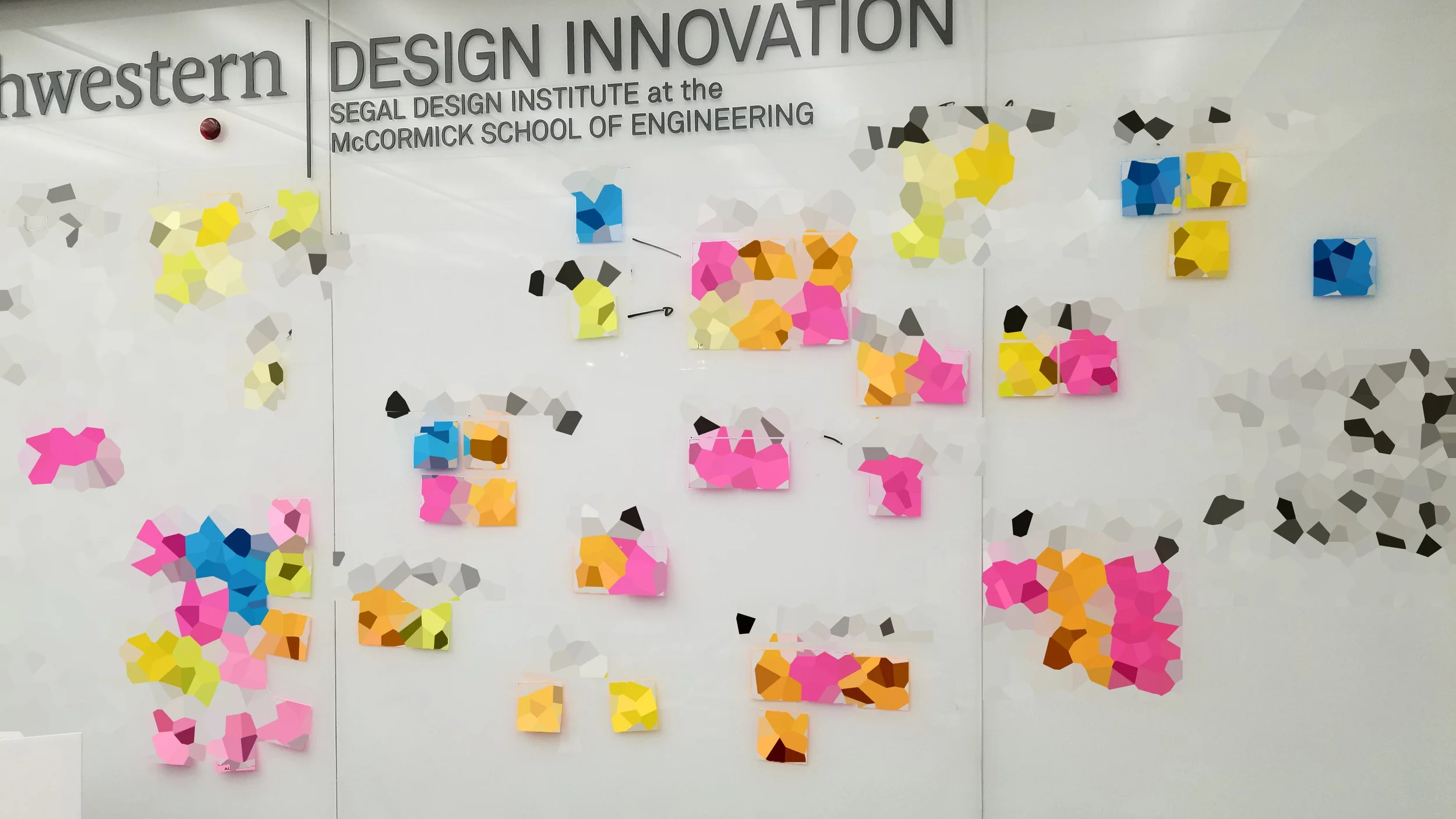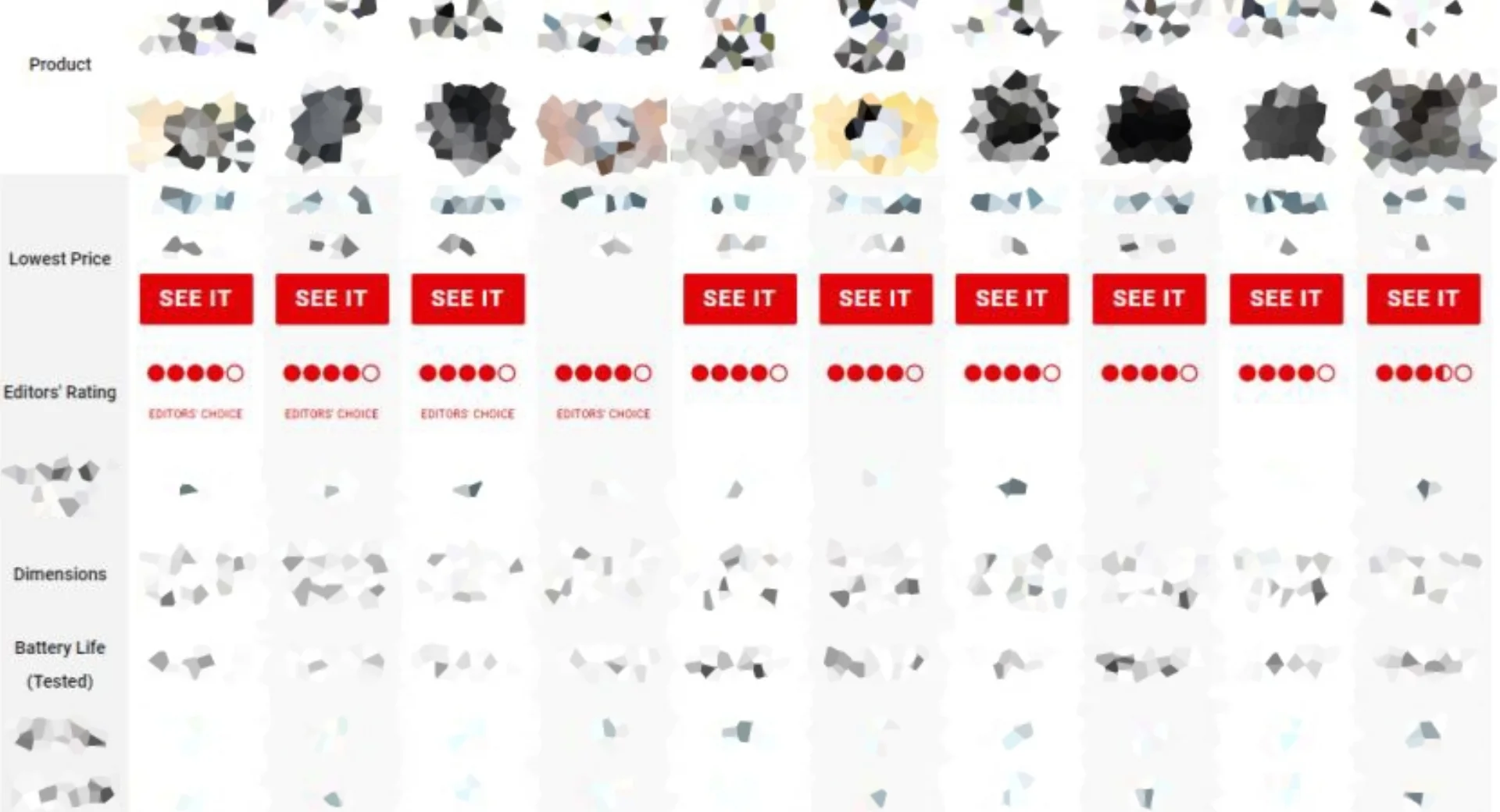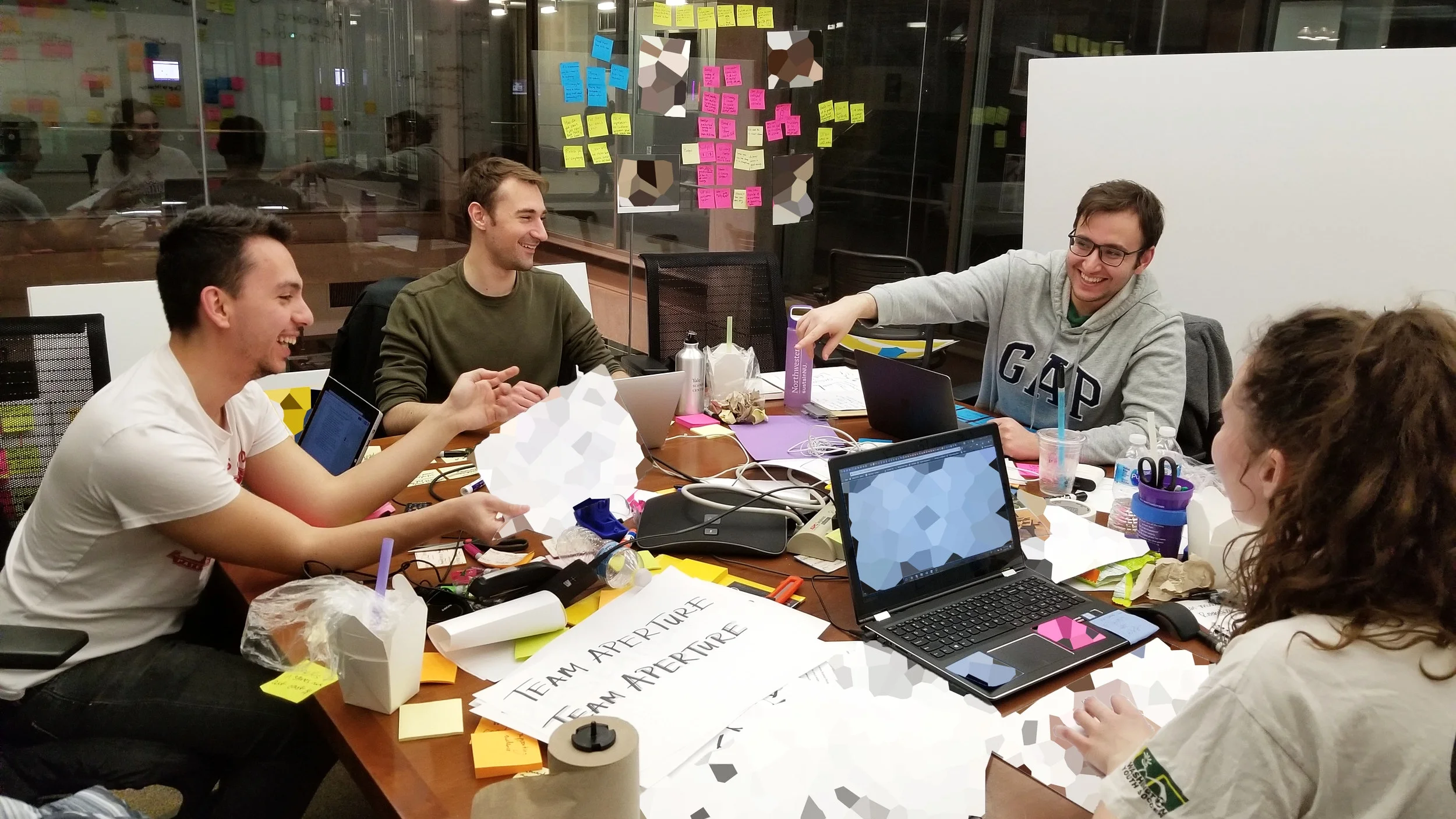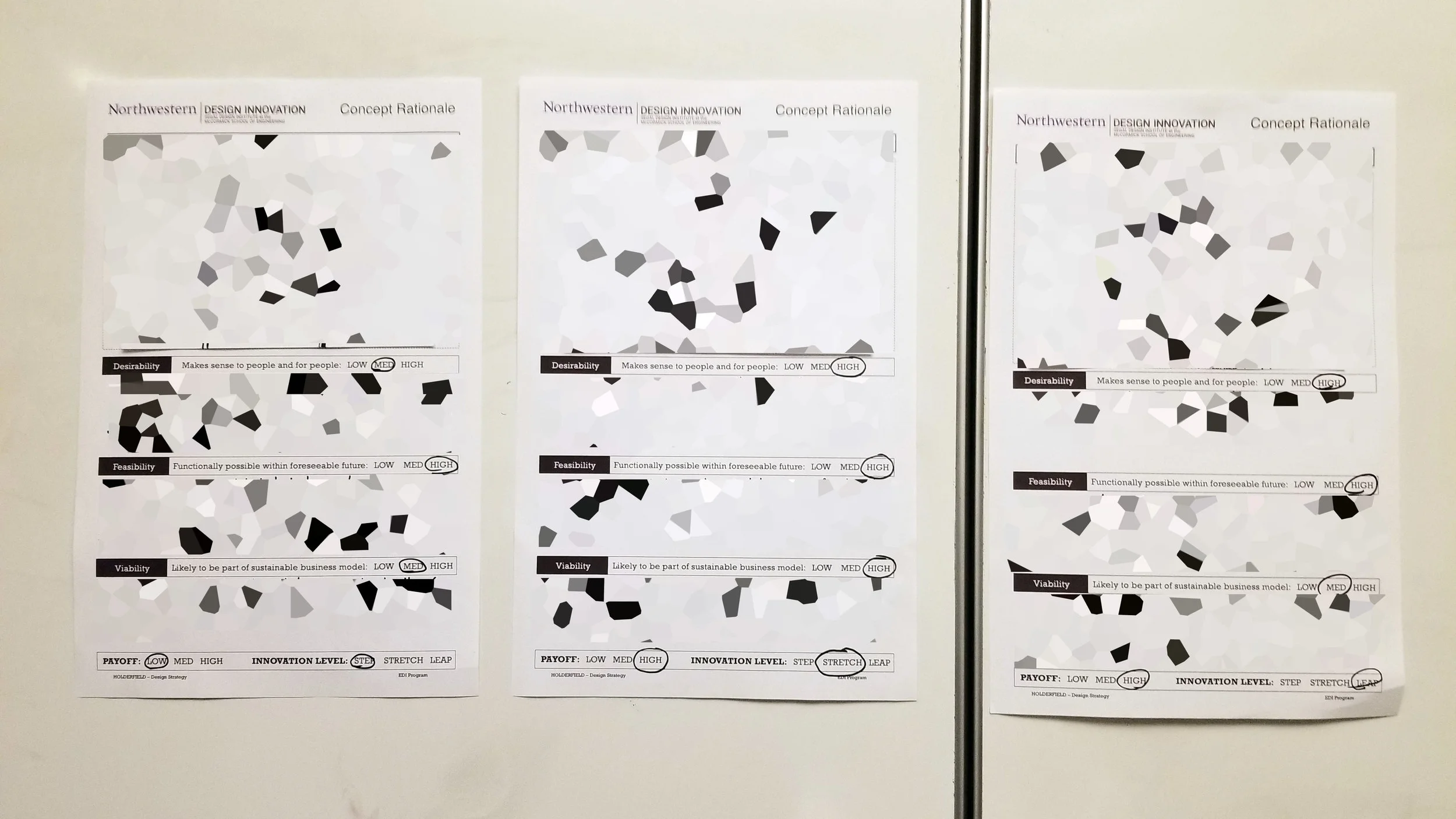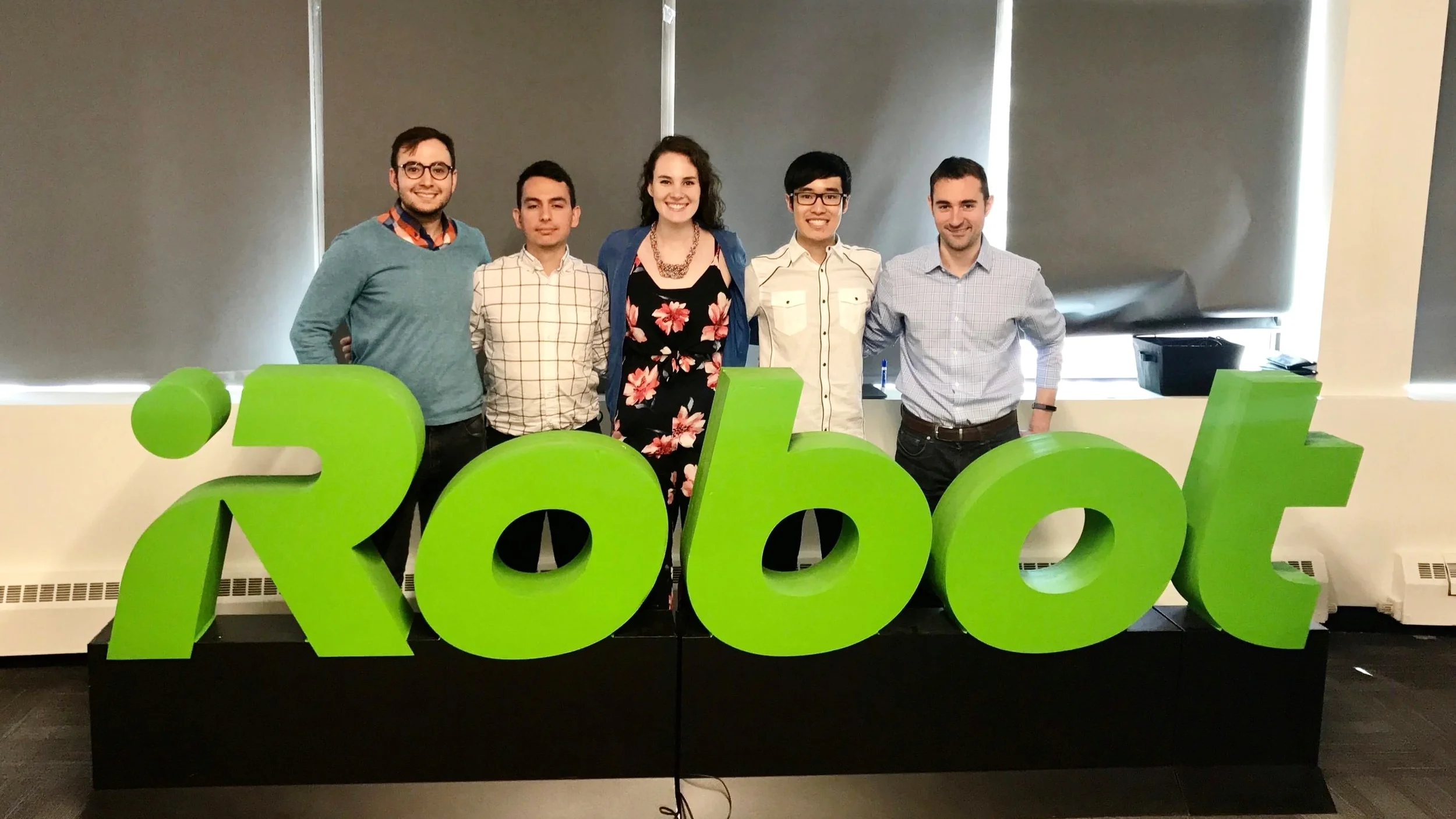
Overview
For the design strategy project, EDI program partnered with iRobot to create a roadmap for 2023. After forming teams, students were provided an overarching challenge while creating their roadmap concepts. Teams sought to create concepts under the framework "Step, Stretch & Leap" while considering desirability, feasibility and viability for each. At the end, teams had the opportunity to present the finding with the iRobot team at the Boston office. Due to confidentiality agreement, I do not have the rights to share any specific details regarding this project.
Research
The team initiated the project with a quick survey with more than 140 people. The initial reason of the survey was to screen and recruit users for potential in person or over the phone interviews. But as the results came, the team realized that the survey also helped them get a surface level idea about what tasks users were doing. This information became crucial when creating an interview protocol/discussion guide. Once the recruitment was done, it was time for the team to interview users individually. The team also had a chance to observe users while they were [non-disclosed action]. With the initial interviews, team created a second research protocol, and increased the scope by adding immersive sessions. Overall, team had a chance to interview 13 users, observe 10 different settings and immerse themselves in 3 different days to [non-disclosed action].
Benchmark Analysis
Since the project goal is to not only create a solution, but also plan a roadmap and validate its desirability, feasibility and viability, the team focused on identifying direct and indirect competitors. Team then identified how their current products were planned/mapped. Similarly, analogous products were analyzed to understand how different businesses differentiated their own solutions while designing it for the future. This helped to understand how the potential solution can be differentiated, and how it can be planned for 5-years ahead.
Synthesis
With each research conducted, team debriefed the same day to discuss tensions discovered. Once the research phase was done, the team had multiple meetings to identify all the insights. Due to the nature of the project, the team identified 12 insights that can guide the project into an opportunity, a design direction. Some insights were based on tensions, while others were surfacing tacit knowledge. Once the initial insights were identified, it was time to converge! So from 12 insights, team decided to focus on three of them, and did another round of research. At the end, team settled on the direction to create a solution for [non-disclosed problem] and planned to design its roadmap for 2023.
Design Direction
How might we design to solve [non-disclosed] by utilizing [non-disclosed information] and while expanding upon [non-disclosed insight]?
Ideation & Concept Development
Once the direction became clear, the team then started generated various concepts. Each concept had a step, stretch and a leap applications, and each of the application had reasoning for their desirability, feasibility and viability, which were backed by either primary or secondary research findings. Overall, team generated 5+ concepts that aimed to address the same problem, via different methodologies or technologies. In the end, the team chose on the concept that they thought it was aligned the most with the findings and the syntheses.
Roadmap for 2023
The team delivered a concept for 2023 and presented it to the client at the Boston office. Although I cannot share any details about the research findings and the concepts created, I can share that the team created a model that pleased and challenged the audience. Overall, the feedback was positive and the project itself was successful.

